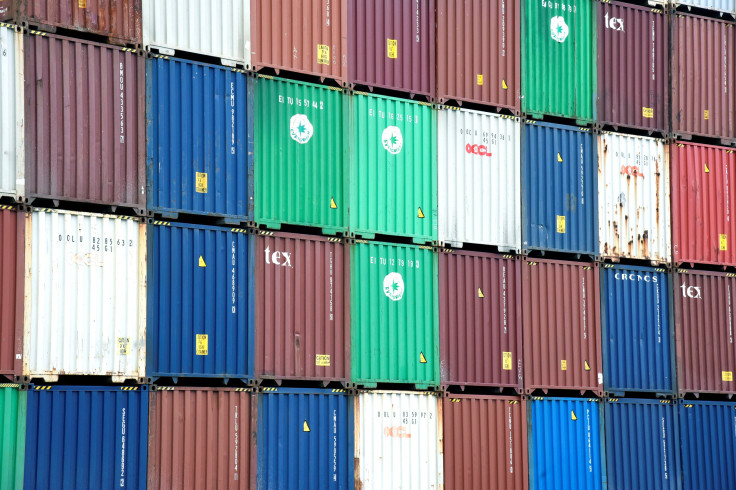Why China can't meet Trump's $200 billion trade demand

President Donald Trump has demanded China cut its trade deficit with the U.S. by US$200 billion by 2020 or face a host of punishing tariffs. After recent talks with the U.S., China agreed to reduce it but wouldn’t commit to a target.
Regardless, my research in international economics tells me that meeting Trump’s demand is implausible.
Economists use the term current account to refer to the difference between a nation’s exports and its imports in a given time period. If the U.S. exports more than it imports, then its account is in surplus. If imports exceed exports, there’s a deficit.
With China, the U.S. imports a whopping $375 billion more than it exports.
How could it whittle that down to $175 billion? There are three ways.
First, China could buy more U.S. goods and services. Second, Americans could buy less Chinese stuff. Finally, both actions could happen simultaneously.
The kinds of Chinese goods that Americans buy tend to be relatively inexpensive consumer goods, so even a dramatic decline is likely to have only a trivial impact on the deficit. And since China explicitly controls only one lever – its imports – it’ll have to buy a lot more American-made things to achieve this goal.
For this to happen, without upsetting other trade balances, the American economy would have to make a lot more than it currently produces, something that isn’t possible in so short a time frame.
That’s because when a nation’s economy is using its resources to produce goods efficiently, economists say that it has reached its production possibility frontier and cannot produce more goods.
Analysts believe that the U.S. economy has either reached or is very close to its frontier, and hence, at least in the short run, there is no way for it to significantly increase the goods it exports to China.
If the Chinese reduced purchases from other nations and instead bought those goods from the U.S., it would have only a very modest impact on the deficit.
What if the U.S. instead of selling goods like airplanes and soybeans to Europe sent more of those products to China? Well, that would reduce the U.S.-China trade deficit but widen it elsewhere.
Maybe Trump would be able to score a win by declaring that the U.S.‘ biggest bilateral trade deficit had come down. But his ultimate goal of more economic growth would still be unattainable because the U.S. would be selling no more stuff to the world than before.
The fundamental problem with the idea that China could reduce the trade deficit by $200 billion by buying more is that the U.S. economy simply cannot produce enough new goods for China to buy anytime soon.
Finally, apart from the economic implausibility of this idea, there is also the issue of Chinese credibility. China has often reneged on its promises.
In short, it’s not going to happen.
Amitrajeet A. Batabyal, Arthur J. Gosnell Professor of Economics, Rochester Institute of Technology
This article was originally published on The Conversation. Read the original article.





















